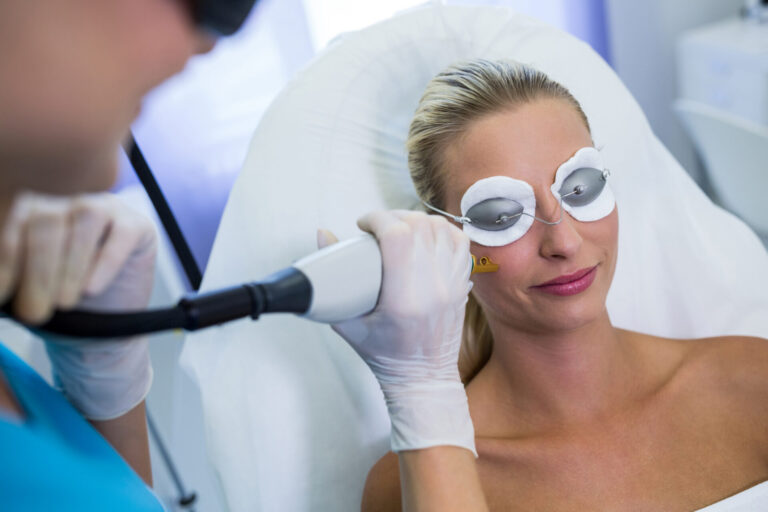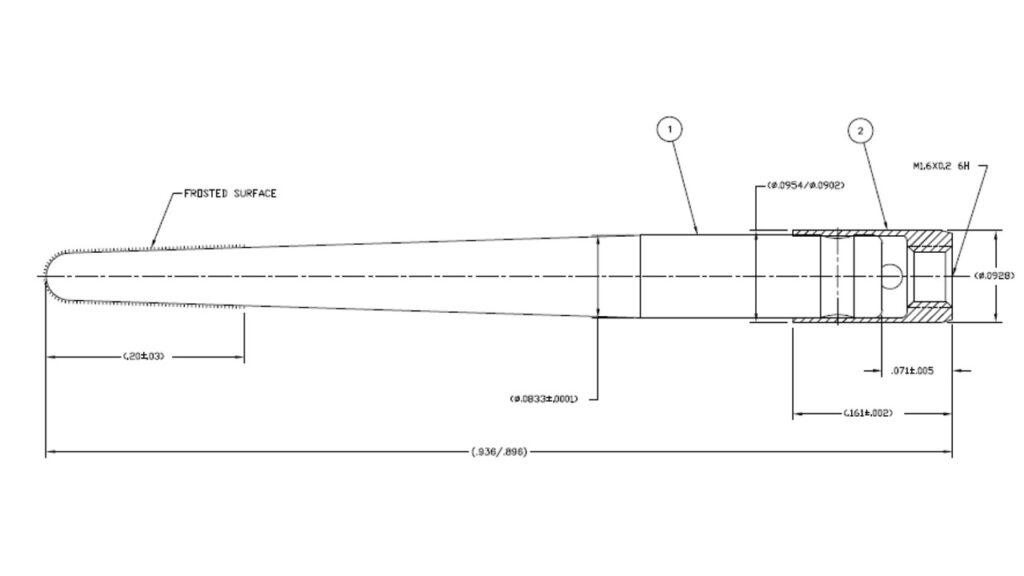Home / Surgical
Sapphire has superior laser transmissivity and heat resistance making it ideal for surgical applications

The Challenge
A major issue with medical lasers is thermal injury to patients. Lasers generate heat, and if not managed correctly, they can lead to thermal injury to surrounding tissues. Cooling systems and precise control of laser parameters are necessary to prevent this problem. Laser energy can cause unintended tissue damage if not carefully controlled or if the laser beam is misdirected. Surgeons and operators must be highly skilled and experienced to minimize this risk.
The Solution
Sapphire is a versatile material that finds applications in various aspects of laser surgery, particularly in the field of medical optics. Sapphire windows are often used to seal the optical cavity of solid-state lasers, helping to maintain a clean and stable environment for lasing. Sapphire’s high thermal conductivity and resistance to thermal shock help dissipate heat generated during the laser operation. Sapphire tips and fibers are used in laser surgery for precise ablation, cutting, and coagulation of tissues. They are highly durable and can withstand the intense heat and energy associated with medical lasers. Laser tips and sapphire fibers are often used in minimally invasive endoscopic procedures. Additionally, sapphire optical fibers and components are used in laser delivery systems to transmit laser energy from the laser source to the surgical site. These systems enable more precise and minimally invasive procedures.
The Benefit
Sapphire is used to create high-quality scalpel blades, lancets, and other cutting tools. Its hardness allows for extremely sharp edges, leading to precise incisions and reduced tissue trauma. See figure #1 for an example of a sapphire scalpel tip design.
For laser surgery, Sapphire is utilized as a window material for medical lasers due to its excellent thermal and optical properties. It allows the laser beam to pass through with minimal energy loss and provides a clear view for the surgeon during laser procedures.
Synthetic sapphire is used in dentistry for creating sharp dental tools and optical components for dental imaging devices. With usage in implantable devices, Sapphire can be used in certain implantable medical devices like sensors and pacemakers due to its biocompatibility and resistance to bodily fluids.
Camera applications in surgical robotics utilize sapphire windows in the camera modules. The optical requirements for the sapphire are very high including specifications on bubbles and inclusions, surface imperfections, polish and AR coating. Some applications require metalized plating on the windows as well for fitment purposes.
The unique combination of biocompatibility, hardness, and optical clarity makes synthetic sapphire an invaluable material for enhancing the precision, safety, and efficiency of various surgical procedures.
At Analytical Components LLC, we focus on the critical finishing, processing and fitment of the precision sapphire components that are important within our customer applications.
Figure #1 (Sapphire scalpel tip design)

